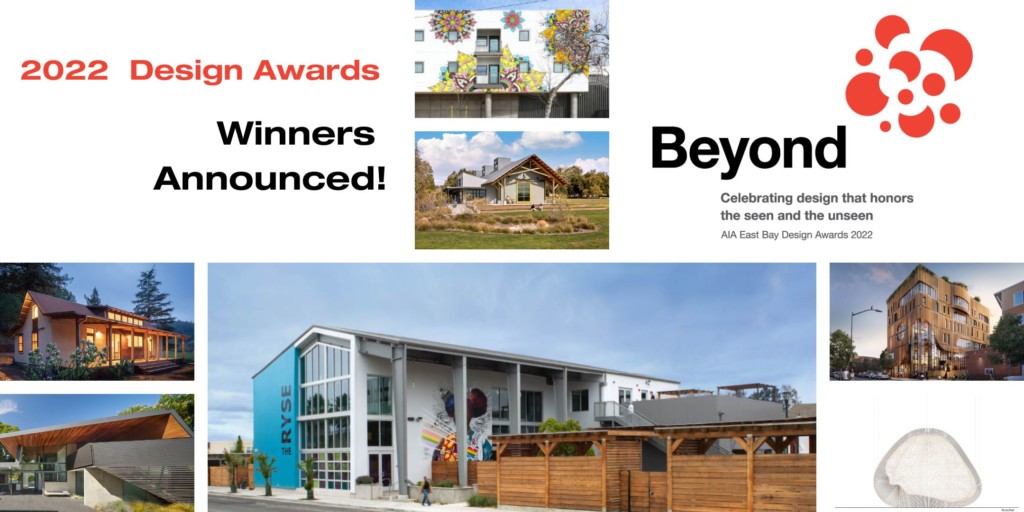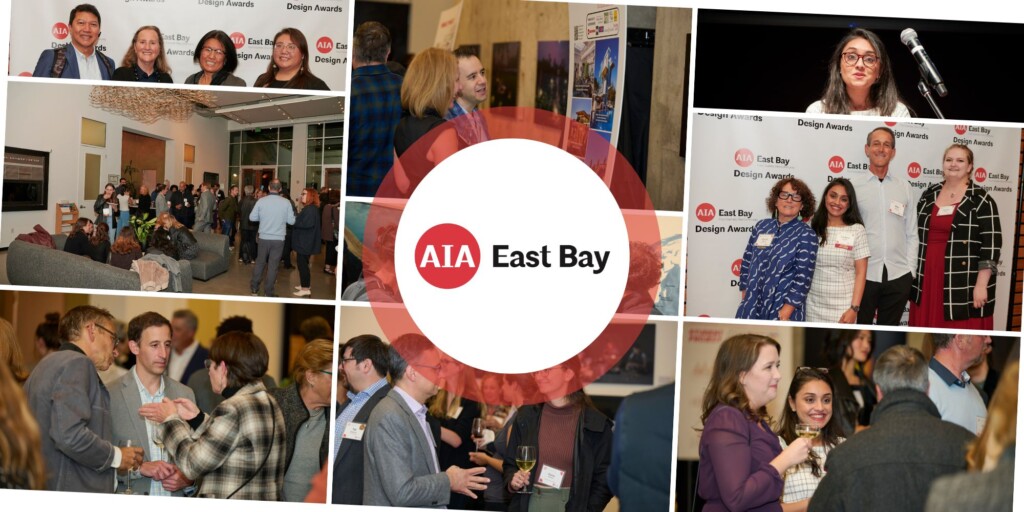From 20th-Century Urban Highway to 21st-Century Community Greenway
From 20th-Century Urban Highway to 21st-Century Community Greenway
Taecker Planning & Design envisions a new generation of infrastructure
Matthew Taecker AIA AICP, AIAEB Board Member
Taecker Planning & Design recently completed the “Greenway Vision Plan,” which re-imagines how wide rights-of-way along the Shattuck-Adeline-Stanford corridor can be re-purposed to promote sustainability and livability. The corridor’s generous rights-of-way originally accommodated rail, then gave way to motor vehicles. In the 19th century, corridor rights-of-way accommodate four pairs of tracks for streetcars and heavy-rail trains. In the 20th century, the rails were removed and the wide rights-of-way were used to move cars swiftly.
 Vintage Views of Shattuck Ave.
Vintage Views of Shattuck Ave.
In the 21st century, corridor communities can re-purpose the wide rights-of-way to reflect contemporary priorities: sustainability, livability, and equity. The Greenway can address multiple needs with 60-80 feet of excess right-of-way. The 3-mile Greenway can offer unimpeded pedestrian-bicycle paths punctuated by neighborhood centers, recreation, and ecological features. In a few locations, the roadway can be redesigned to create development opportunity sites large enough to build hundreds of new homes.
 The Greenway Vision has not been officially adopted, but will be used to apply for planning and design funds. Berkeley made greenway planning a priority for MTC and Alameda County funding; Oakland has added the greenway alignment to its draft Bicycle Master Plan; and Emeryville is working to strengthen connections to the Bay Trail.
The Greenway Vision has not been officially adopted, but will be used to apply for planning and design funds. Berkeley made greenway planning a priority for MTC and Alameda County funding; Oakland has added the greenway alignment to its draft Bicycle Master Plan; and Emeryville is working to strengthen connections to the Bay Trail.
While a linear park on Shattuck was adopted in Berkeley’s 2012 Downtown Street & Open Space Improvement Plan, the idea of extending a greenway south and east to the Bay Trail emerged later. In 2017, Bike East Bay and Taecker Planning & Design applied for and received seed money for high-level planning from UC Berkeley’s Chancellor’s Fund. Next, the Downtown Berkeley Association and City of Berkeley contributed discretionary funds. Small grants were also received from Berkeley’s Office of Economic Development, Lennar Multifamily, and the Austin Group.






